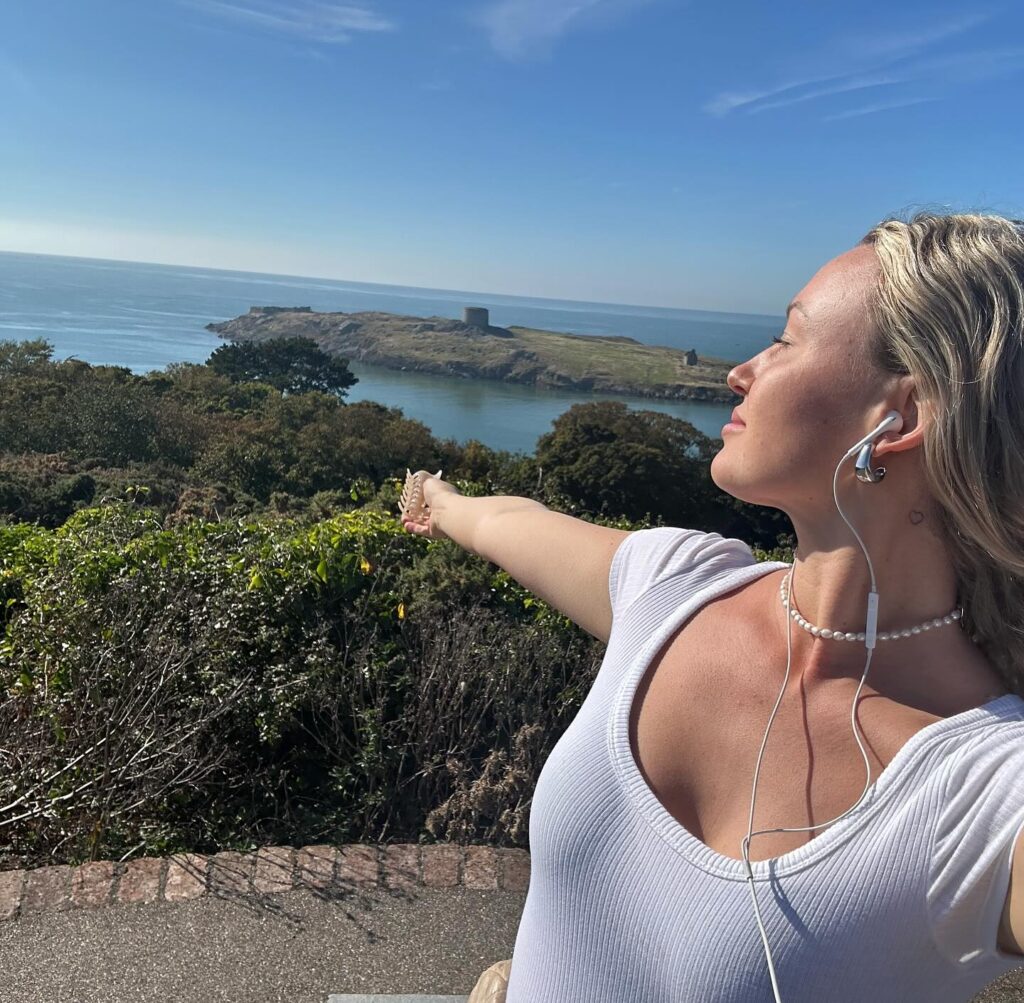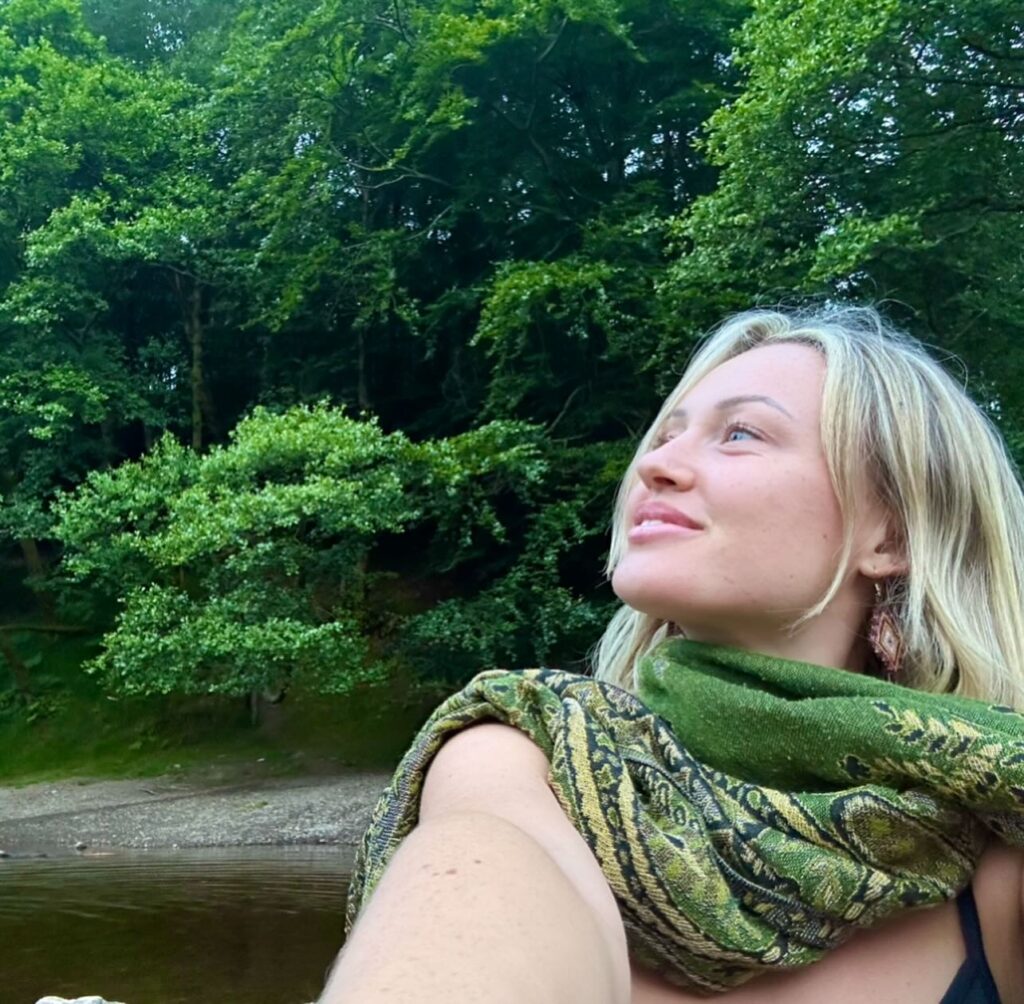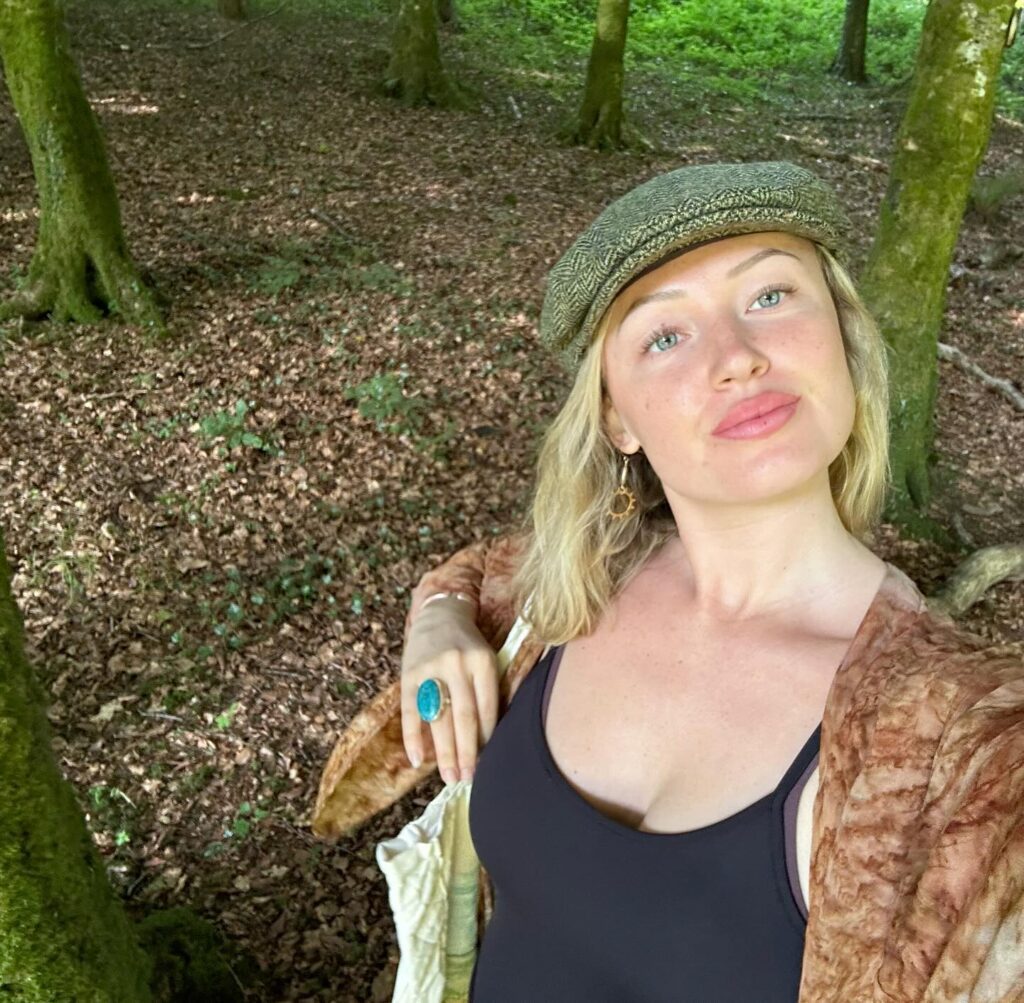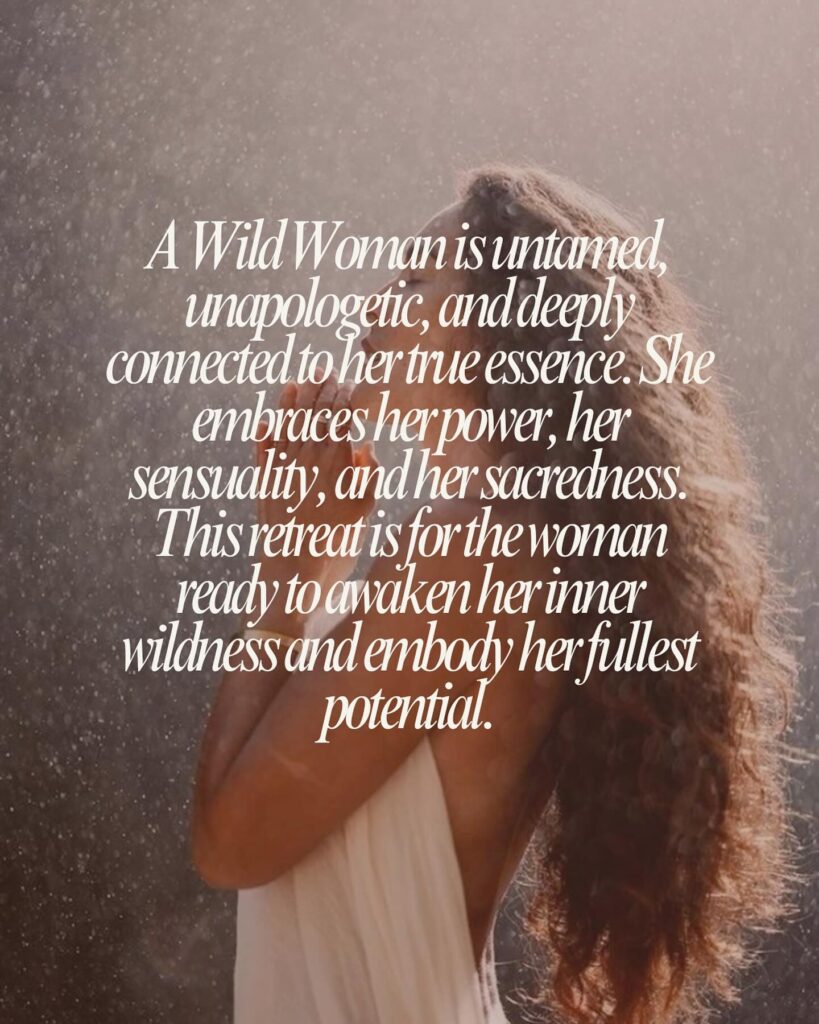Guided Visualization

Guided Visualization
What is Guided Visualization?
Guided visualization is a powerful holistic wellness technique that harnesses the potential of your imagination to promote relaxation, well-being, and personal growth. It involves creating vivid mental images and scenarios in a guided setting, often facilitated by an instructor or a recorded audio session. Guided visualization aims to reduce stress, improve focus, enhance emotional well-being, and aid in visualizing positive outcomes for goal achievement.
How Can Guided Visualization Help You?
Guided visualization offers a wide range of potential benefits:
- Stress Reduction: Engaging in guided visualization practices calms the mind and cultivates deep relaxation, mitigating the negative impacts of stress. By focusing on peaceful imagery and scenarios, the body’s fight-or-flight response is eased, leading to a decrease in stress hormones like cortisol. This relaxation response can lower blood pressure, slow heart rate, and ease muscle tension, promoting a sense of overall well-being.
- Anxiety Management: Guided visualization sessions can be used to decrease anxiety levels, promote emotional regulation, and foster a sense of tranquility. Visualizing calming environments or activities can help individuals experiencing anxiety learn to manage their emotional response to stressful situations. For instance, guided visualization might involve picturing yourself in a serene natural setting, focusing on the sights, sounds, and smells of that environment. This can create a sense of peace and security, counteracting anxious thoughts and feelings.
- Goal Setting and Manifestation: Guided visualization helps you picture desired outcomes in vivid detail. This process strengthens the neural pathways associated with achieving those goals. By regularly visualizing success, you can boost motivation, enhance goal-oriented focus, and increase the chances of achieving your aspirations. For example, an athlete might use guided visualization to imagine themselves flawlessly executing a specific skill or performing exceptionally well in a competition. This mental rehearsal can improve confidence and prime the body for success.
- Emotional Healing: By tapping into the power of the imagination, guided visualization can facilitate emotional processing and healing. It allows individuals to explore and address unresolved emotional issues in a safe and supportive environment. For instance, guided visualization might involve revisiting a past negative experience and reframing it from a more empowering perspective. This can help individuals release pent-up emotions, gain closure, and cultivate self-compassion.
- Enhanced Creativity: Guided visualization can stimulate creativity, inspire innovative thought, and unlock your problem-solving capabilities. By prompting the mind to envision new possibilities and scenarios, guided visualization can lead to fresh ideas and solutions. For example, a writer might use guided visualization to imagine themselves in a fantastical world, encountering unique characters and situations. This process can spark creative inspiration and fuel the writing process.
What is Guided Visualization Good For?
Guided visualization, with its ability to influence our mental landscape, is a valuable tool in many areas:
- Stress-Related Concerns: The relaxation effects of guided visualization can help manage conditions exacerbated by stress.
- Performance Enhancement: Athletes and performers may use guided visualization to envision successful performances, cultivate focus, and improve their mindset.
- Healing and Recovery: Guided visualization can be a supplementary method to support healing processes and recovery from illness or injury.
- Pain Management: Guided visualization techniques may provide an additional tool for managing chronic pain.
- Personal Transformation: Guided visualization aids in setting intentions, visualizing goals, and facilitating positive self-change.
Benefits of Guided Visualization
Guided visualization provides distinct advantages for personal well-being:
- Accessibility: It is a simple and accessible technique that can be learned easily and practiced independently.
- Affordability: Guided visualization sessions are cost-effective, with many resources available online or as recorded sessions.
- Mind-Body Connection: This modality fosters a deep understanding of the connection between your thoughts, emotions, and physical sensations.
- Self-Exploration: Guided visualization can illuminate subconscious beliefs and aspirations, aiding in self-discovery.
- Empowering: Guided visualization puts the individual in control of their mental experience, fostering a sense of empowerment and agency.
What to Expect from Guided Visualization with a Practitioner
If you seek guidance from a professional, typically a therapist or holistic wellness practitioner, here’s what to expect:
- Personalized Sessions: The practitioner will tailor guided visualization sessions to your specific needs, goals, and preferences.
- Guided Imagery: Using soothing language and often background music, they will guide you through creating positive and vivid mental images.
- Support and Exploration: The practitioner may help you process emotions that arise during your visualizations.
How to Use Guided Visualization
Here’s a basic outline for using guided visualization:
- Find a Quiet Space: Locate a comfortable place where you can practice without disturbances.
- Set a Focus: Determine the focus for your guided visualization session (relaxation, goal setting, etc.).
- Engage Your Senses: Guided visualization instructors will guide you through a scenario, prompting you to visualize with all your senses.
- Allow and Observe: Allow the images and sensations to unfold naturally and observe without judgment.
Similar Modalities to Guided Visualization
Other holistic wellness practices share similarities with guided visualization:
- Meditation: Both focus on calming the mind and cultivating present-moment awareness.
- Hypnosis: While hypnotherapy may use similar techniques, it often induces a trance-like state for therapeutic purposes.
- Positive Affirmations: Guided visualization often incorporates positive affirmations for personal transformation.
Final Thoughts
Guided visualization is a gentle yet potent practice that empowers you to access your inner resources for relaxation, healing, and growth. By harnessing the power of your imagination, guided visualization can unlock new possibilities for stress relief, self-discovery, and reaching your highest potential.
Scientific References
- Astin, J. A., Shapiro, S. L., Eisenberg, D. M., & Forys, K. L. (2003). Mind-body medicine: state of the science, implications for practice. Journal of the American Board of Family Practice, 16(2), 131-147. https://doi.org/10.3122/jabfm.16.2.131
- Chiesa, A., & Serretti, A. (2010). A systematic review of neurobiological and clinical features of mindfulness meditations. Psychological Medicine, 40(8), 1239-1252. https://doi.org/10.1017/S0033291709991747
- Schellekens, G. A., de Jong, K., van den Bosch, W. J., & Langendam, M. W. (2016). Effect of guided imagery on the quality of life of cancer patients: a systematic review and meta-analysis. Psycho-Oncology, 25(8), 865-873.
Recommended Reading
- Gawain, S. (1997). Creative Visualization: Use the Power of Your Imagination to Create What You Want in Your Life. Novato, CA: New World Library.
- Maxwell Maltz. (1960). Psycho-Cybernetics: Updated and Expanded. New York, NY: Simon & Schuster.
- Rossman, M. (2000). Guided Imagery for Self-Healing: An Essential Resource for Anyone Seeking Wellness. Novato, CA: New World Library
FAQ: Guided Visualization
Can anyone do guided visualization?
Yes! Guided visualization is suitable for most people. Check with a healthcare provider if you have any concerns.
What's the best time to practice guided visualization?
There’s no one-size-fits-all answer. However, many find it helpful before bed for relaxation or in the morning to set intentions for the day.
How often should I practice guided visualization?
Regular practice yields greater benefits. Start with short, guided visualizations and gradually increase frequency and duration.
How do I find guided visualization resources?
Many resources are available: guided visualization scripts online, meditation apps (Headspace, Calm), local classes, or a personal instructor.
How do I know if guided visualization is working for me?
Pay attention to how you feel before, during, and after your sessions. Increased relaxation, focus, and emotional well-being are positive indicators.
Related Practitioners
Kim McIntire
The Neurodivergent Healer & Hypnotist
- Carson City, Nevada, United States
- +1 (775) 240-6381
My name is Kim McIntire, and my transformative journey in holistic wellness commenced 22 years ago during my time at… Read More
Ella Ringrose
Awaken Your Inner Power, Align with Your Purpose
- Toronto, Golden Horseshoe, Ontario, Canada
- +1 (555) 555-0000
Ella Ringrose is a spiritual guide dedicated to empowering individuals on their spiritual journeys. Through her YouTube channel, she shares… Read More
Ali Campbell
Neuro Linguistic Programming Expert
- Los Angeles, Los Angeles County, California, United States
- +44 (2) 555-5555
As information is rapidly changing, we encourage you to continue to stay informed. Please visit our Coronavirus Resource Center, Healthgrades… Read More























